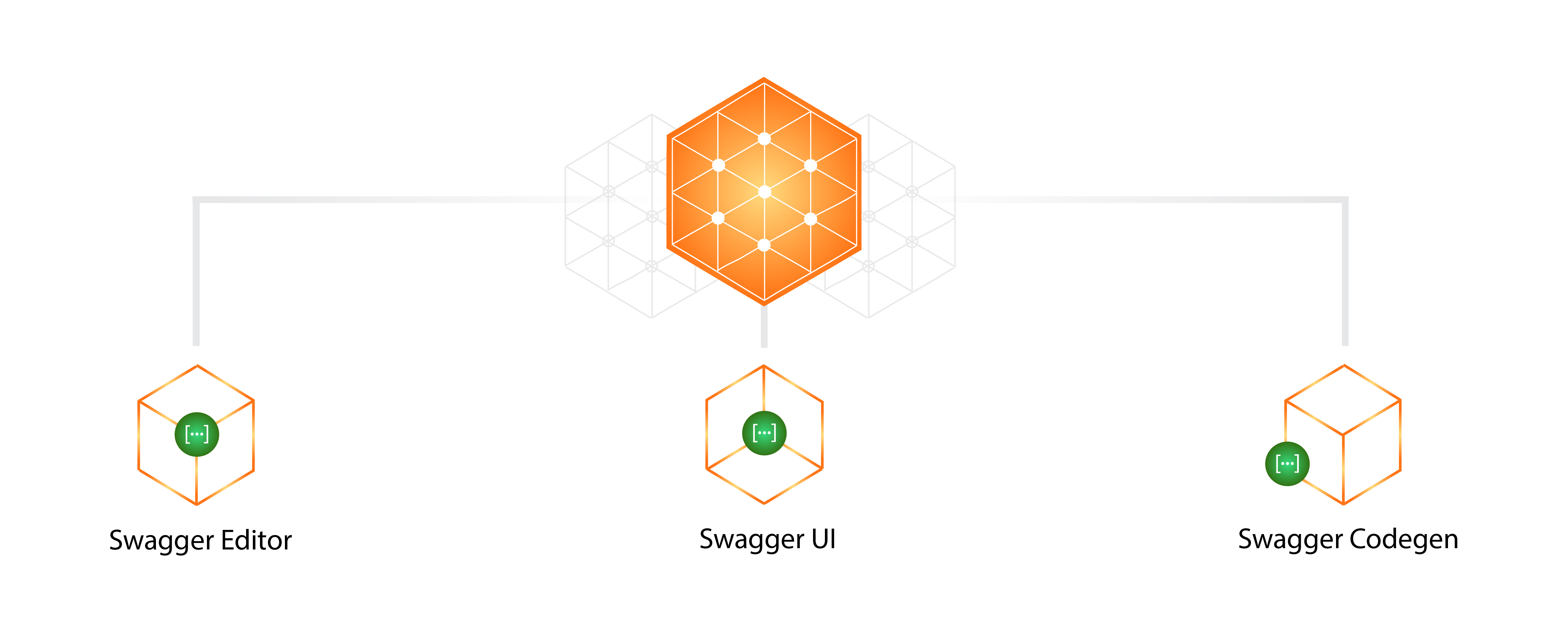Before 2011 the need for API documentation automation and the generation of client SDK bothered a lot of developers and companies. API documentation took too much time to handle manually, and it negatively affected the companies’ performance. So that’s when Swagger came into the world to solve the issue.
Swagger is an open-source framework for API documentation that was created to help developers design, document, and consume RESTful web services. With the help of Swagger, a standard interface was developed, and it helps both computers and humans understand the whole potential of the service without accessing the source code, the documentation, or through network traffic inspection.
Why should you try Swagger?
Large companies often open APIs to their solutions. If the APIs are poorly documented, the developer entry threshold falls. And if APIs are well documented, more developers can use them, leave good feedback for other developers out there, and your business will grow. That’s what Swagger will help you with. It is now considered the trendy set of tools for making interactive documentation from APIs. First and foremost, Swagger deals with the lack of a clear understanding of the API documentation from the parties. Interactive documentation makes it coherent to both developers and non-developers. API documentation updates are essential too.
Swagger lets you modernize your documentation in a way that no information is lost in the process. That way it will help your developers avoid errors, save their time, and, therefore, your maintenance costs. Less money will be spent on the maintenance overall because the tech support of Swagger is easier to handle. With Swagger, each part of your system can be tested against the specification, which guarantees that your APIs are constantly up to standard. After working with a Swagger for a broad period of time, our developers highly recommend trying it.
How to make API popular and understandable among Python developers?
The answer is simple - try using Swagger. Swagger’s ways of documenting will help you make it easier for developers to understand. We also recommend talking to developers who have vast experience in building API documentation. Quintagroup developers have been working with API documentation for 7 years. Using our extensive experience we can answer all your questions concerning API documentation and how to handle it better.
Swagger advantages
There are other similar tools for documenting APIs out there. So why Swagger? It simply stands out because of its unique and advantageous features:
- Can be easily adjustable;
- It is a popular language that is comprehensible for developers and non-developers;
- Swagger is used for testing APIs and fixing bugs;
- It has got a good set of tools (Swagger UI, Swagger Editor, Swagger Codegen).
Swagger tools

Swagger UI
Swagger UI is a tool that helps with the visualization of OpenAPI Specification definitions. With this tool, you can see APIs in an HTML view and create interactive UIs. Now with interactive API documentation, your users can make API calls straight from the browser.
Swagger Editor
Swagger Editor is a tool that helps with editing API specifications in YAML in a browser. You can also preview your documentation in real-time. Intelligent auto-completion and smart feedback from the Swagger Editor ensures a productive ongoing workflow.
Swagger Codegen
Swagger Codegen is a tool that helps with generating both server stubs and client SDKs from a Swagger definition. This feature makes the whole building process easier and because of Codegen, you can focus more on your API implementation and adoption.
Python Swagger
There are APIs developed in Python, Java, C#, etc. Let’s dive more into how Python is used for generating OpenAPI documentation. The purpose of Swagger here is to help Python developers make self-documenting JSON APIs for SQLAlchemy database relationships and objects. The supported Python libraries for generating OpenAPI specifications from your APIs are:
- Django-REST-Swagger - an OpenAPI/Swagger documentation generator for Django REST framework that is used for utilizing the power of a Swagger platform with this framework;
- Flask-RESTplus - a Flask extension for supporting the fast building of REST APIs that brings a systematic collection of tools and decorators for describing APIs and showing the documentation correctly.
Swagger for business
This framework created a SwaggerHub enterprise plan that will help your business with scaling your collective API development without any limits using Swagger. This helps with improving team management and better integration with on-premise solutions. You will also save a great amount of time by having one API standard across your business. Swagger gives you the ability to set SwaggerHub behind your firewall that will provide you with superb security on your on-premise installations, LDAP and GitHub Enterprise, SSO with SAML, and it also offers full customization. Talk to us to find out more about how Swagger will go with your business and test its immense power yourself.
